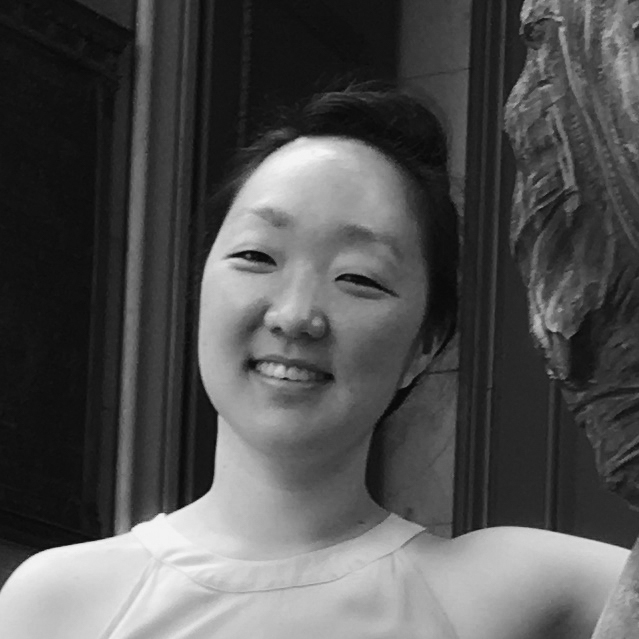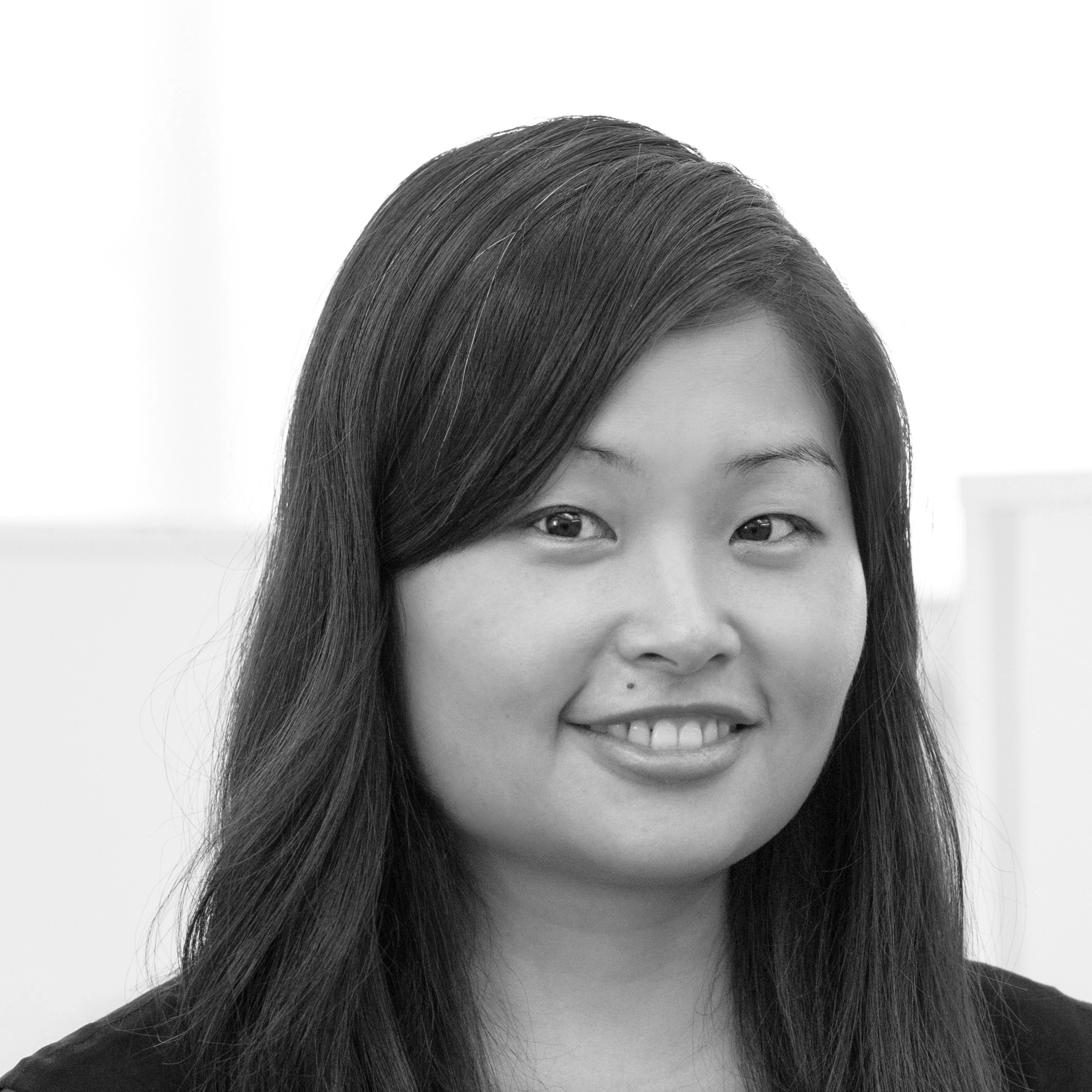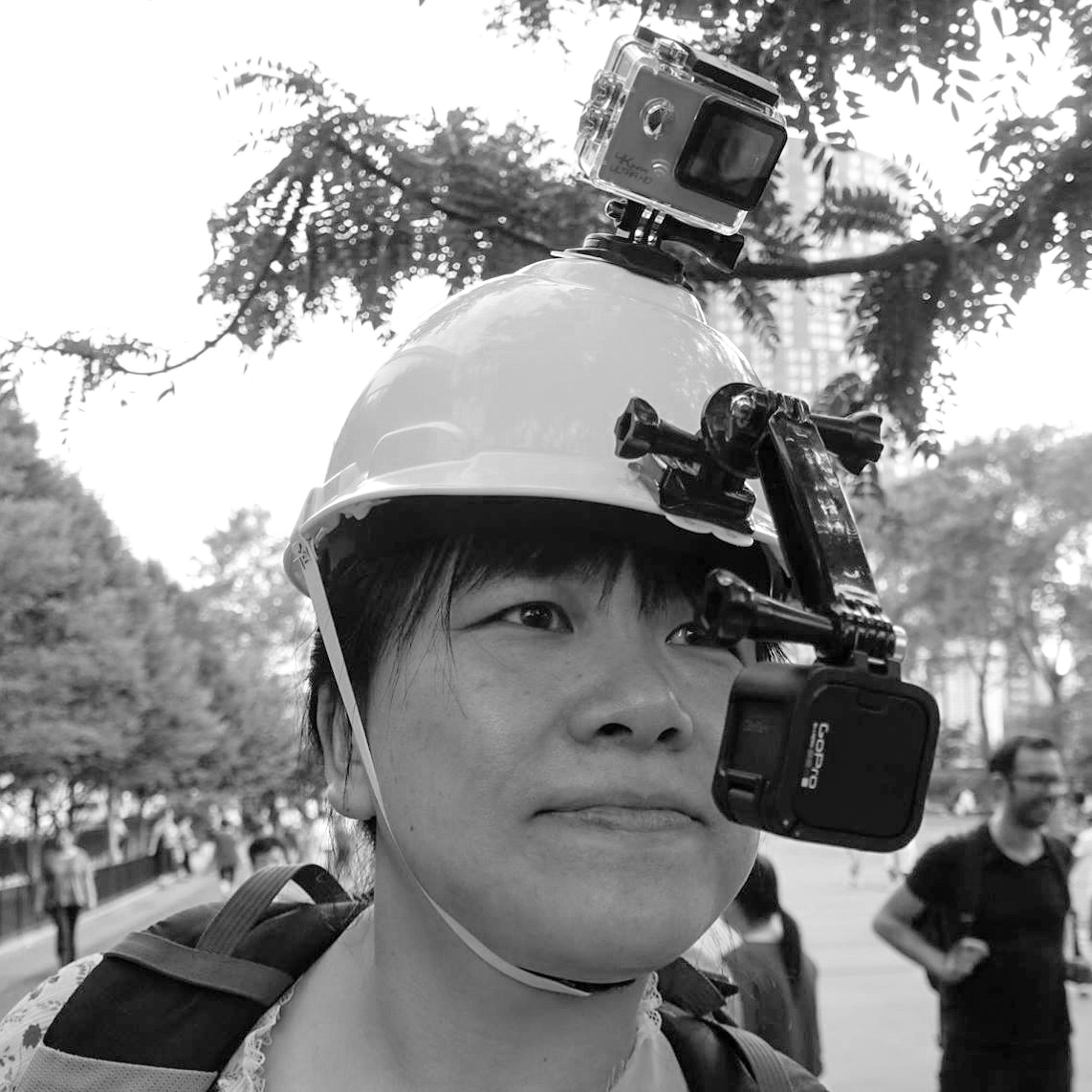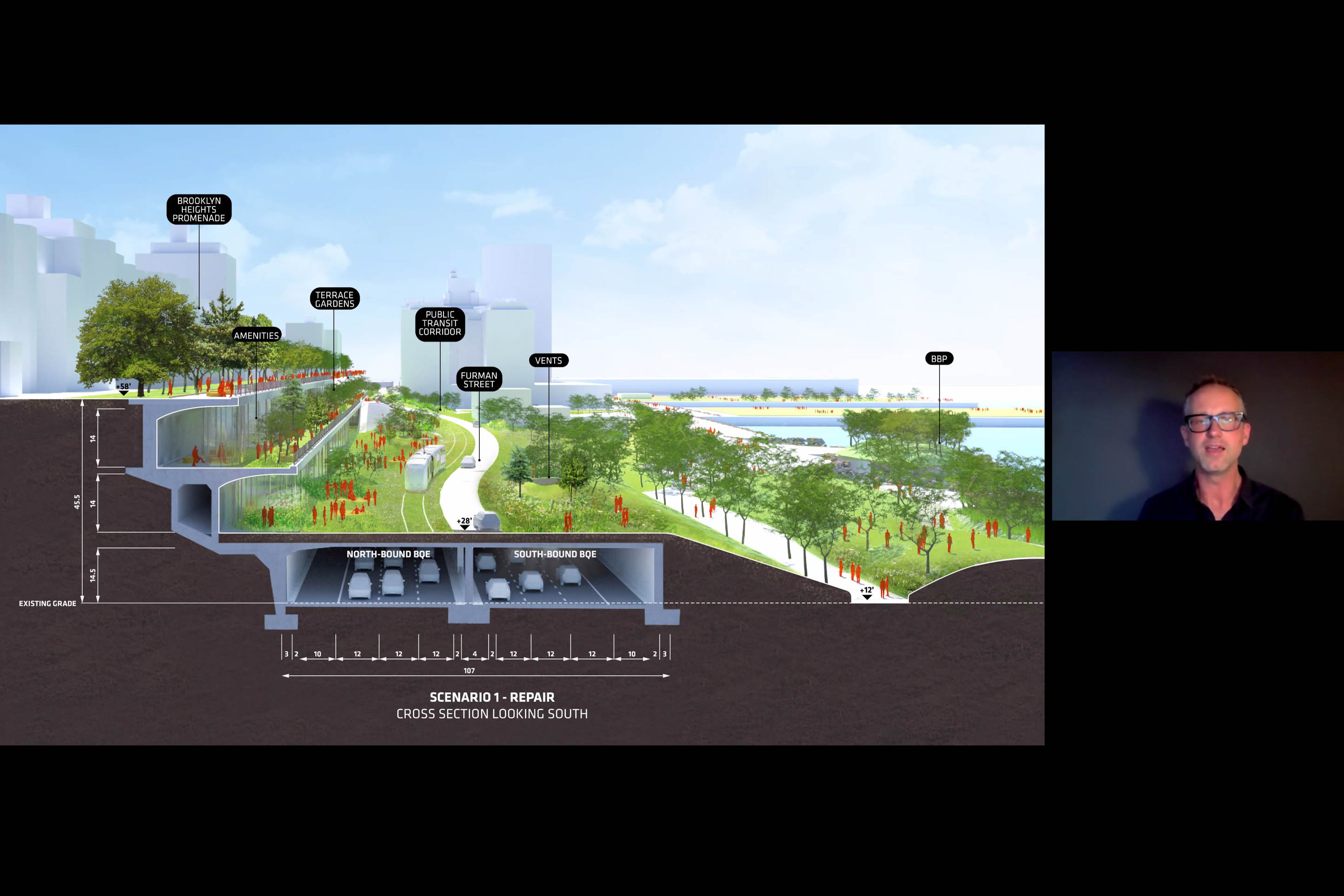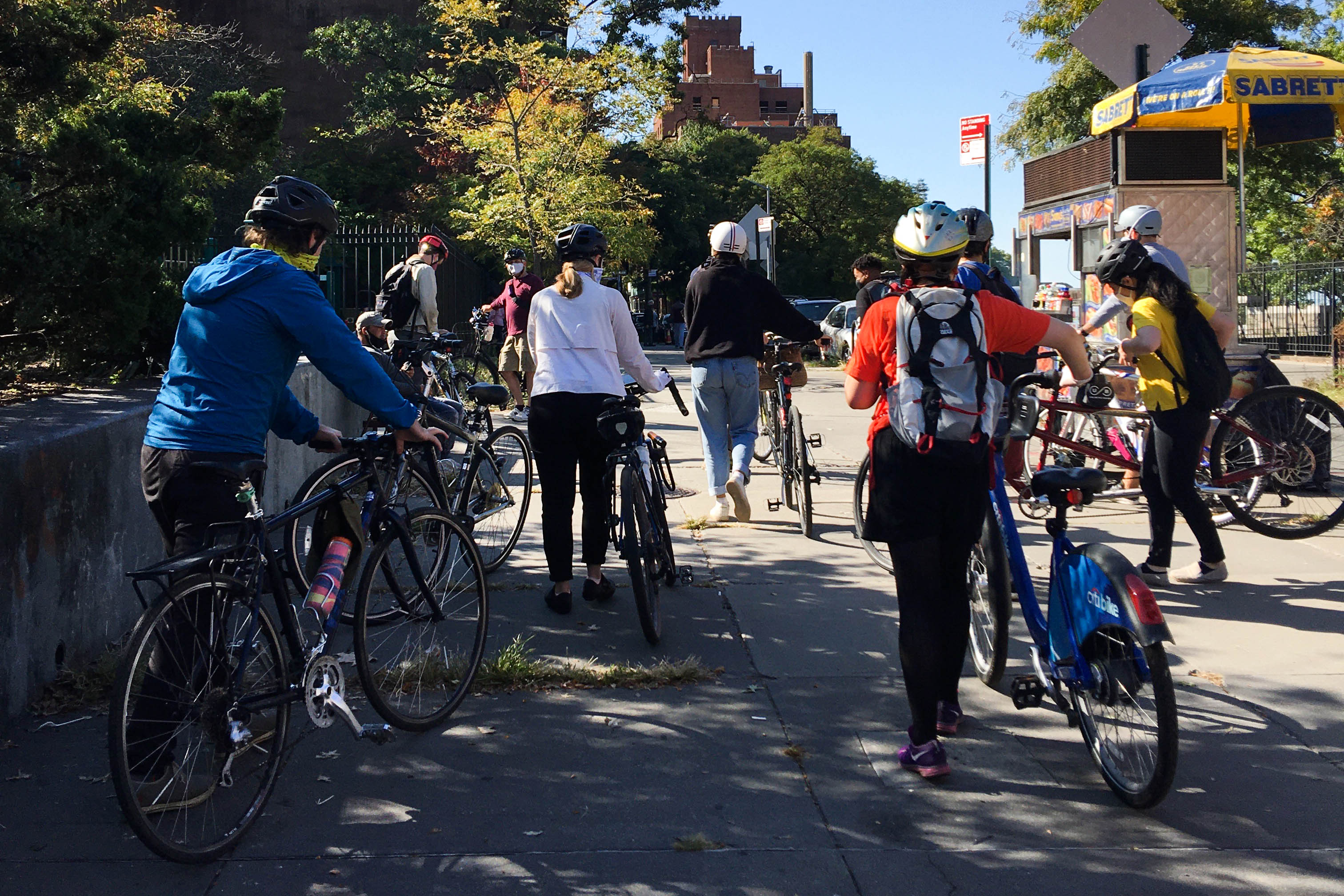BQE!
Catherine Ahn, Julie Chou, Ying Liu 2020 Fall Fellowship
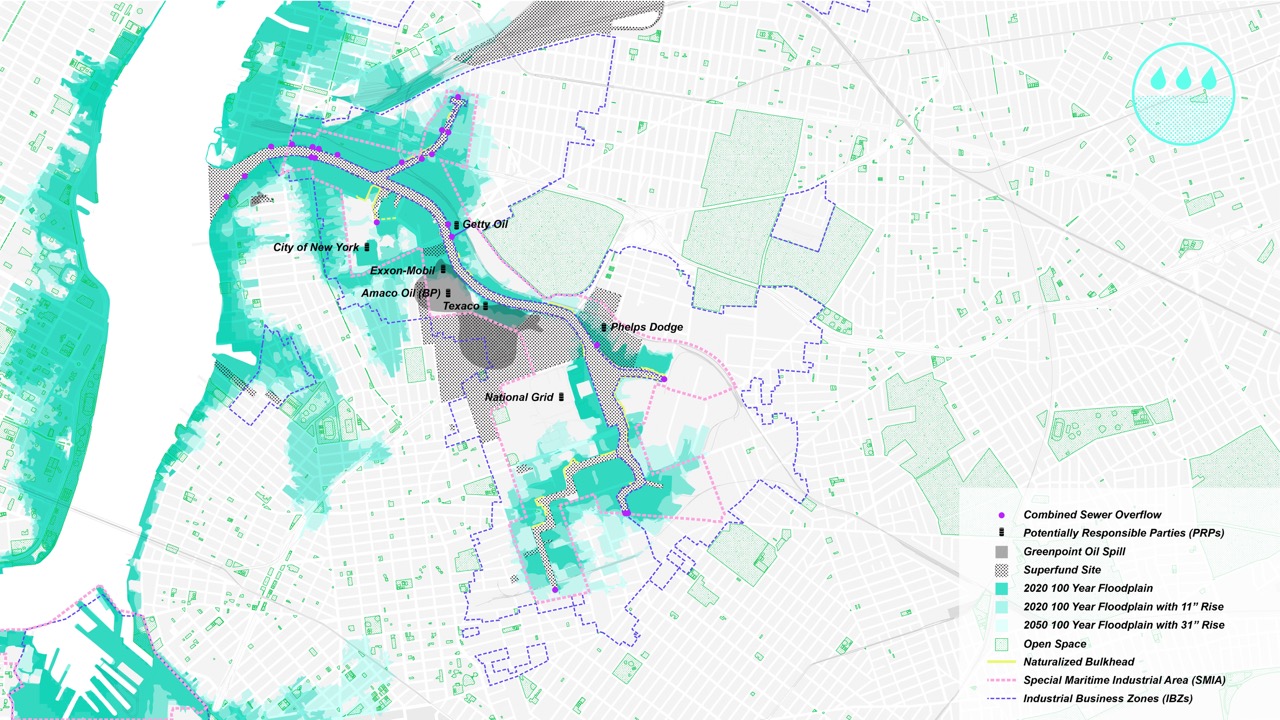
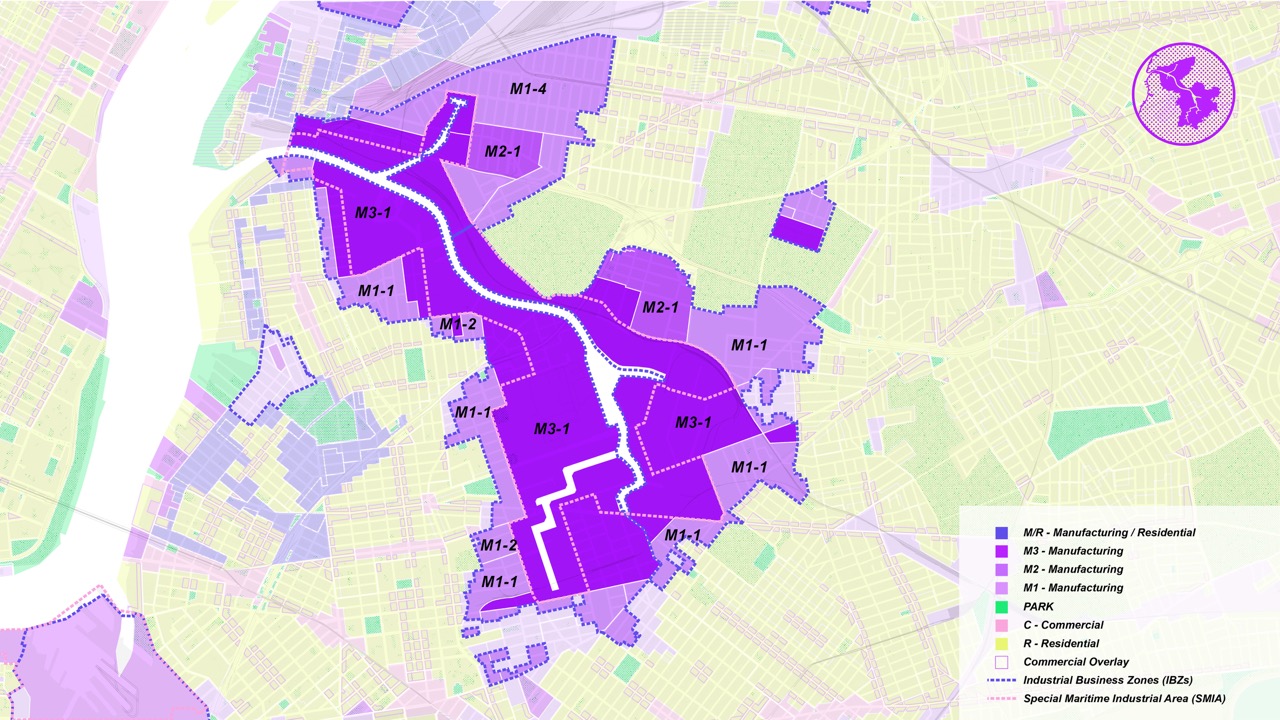
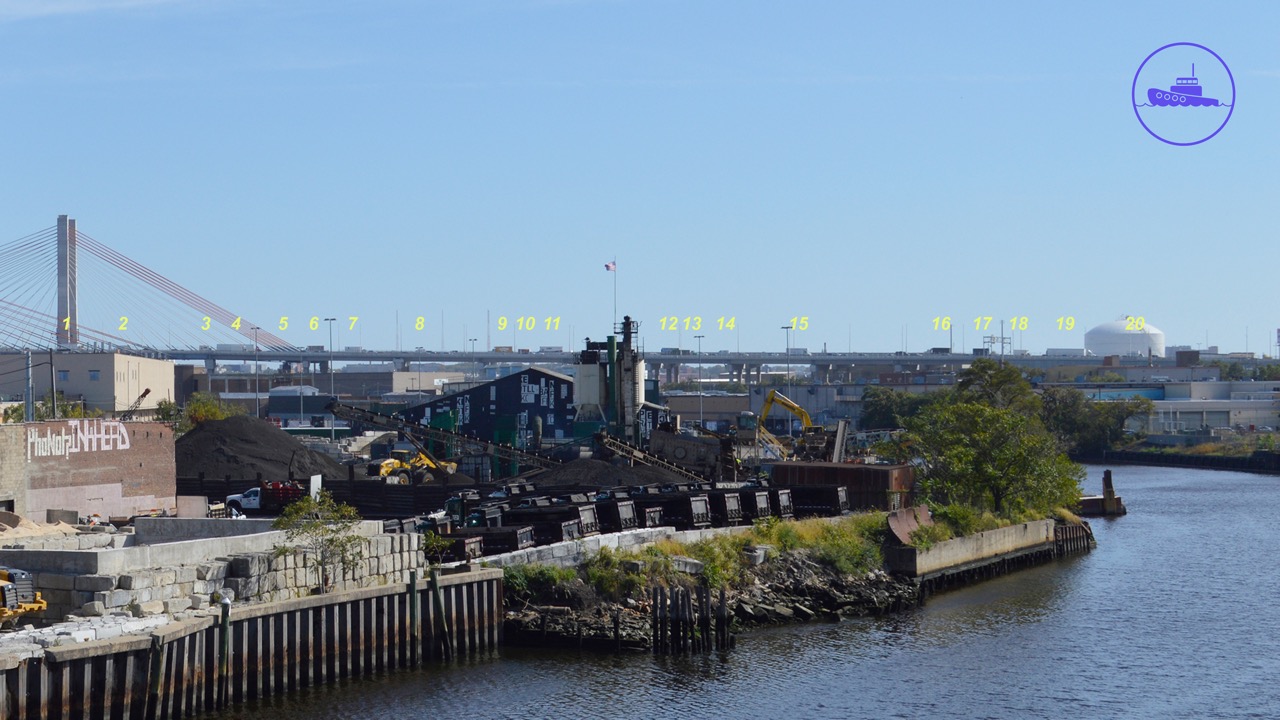

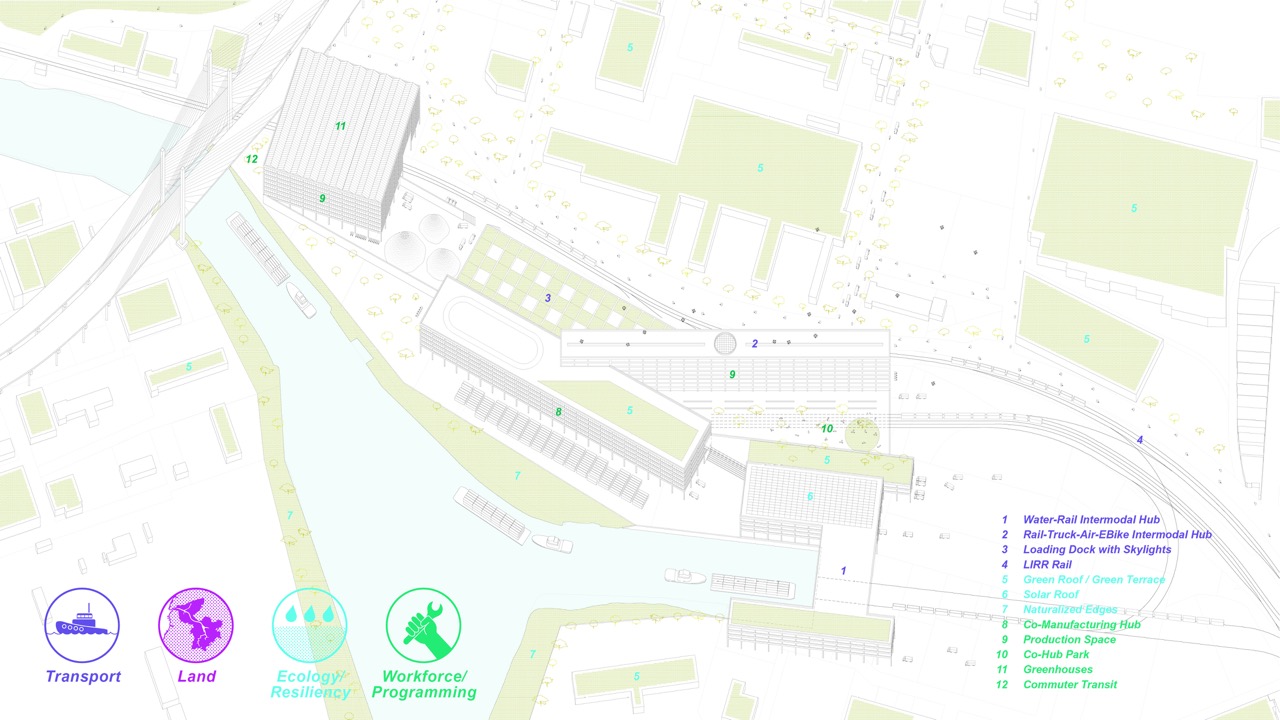
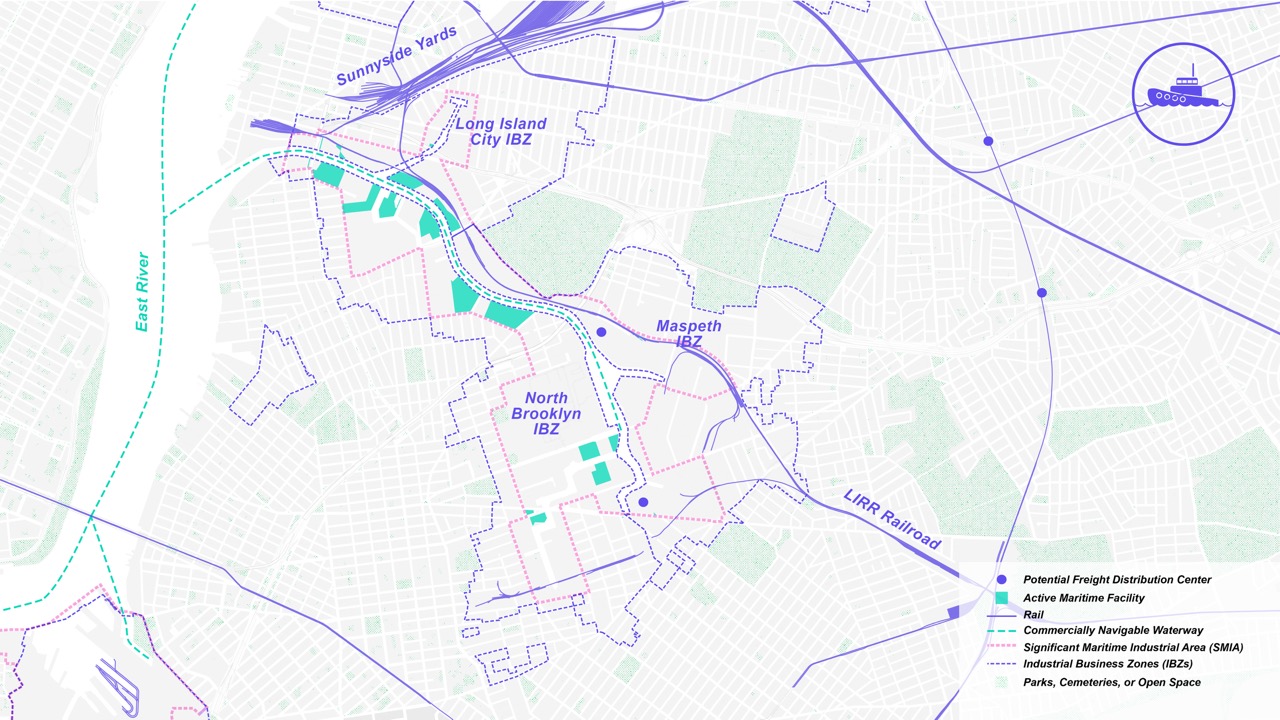
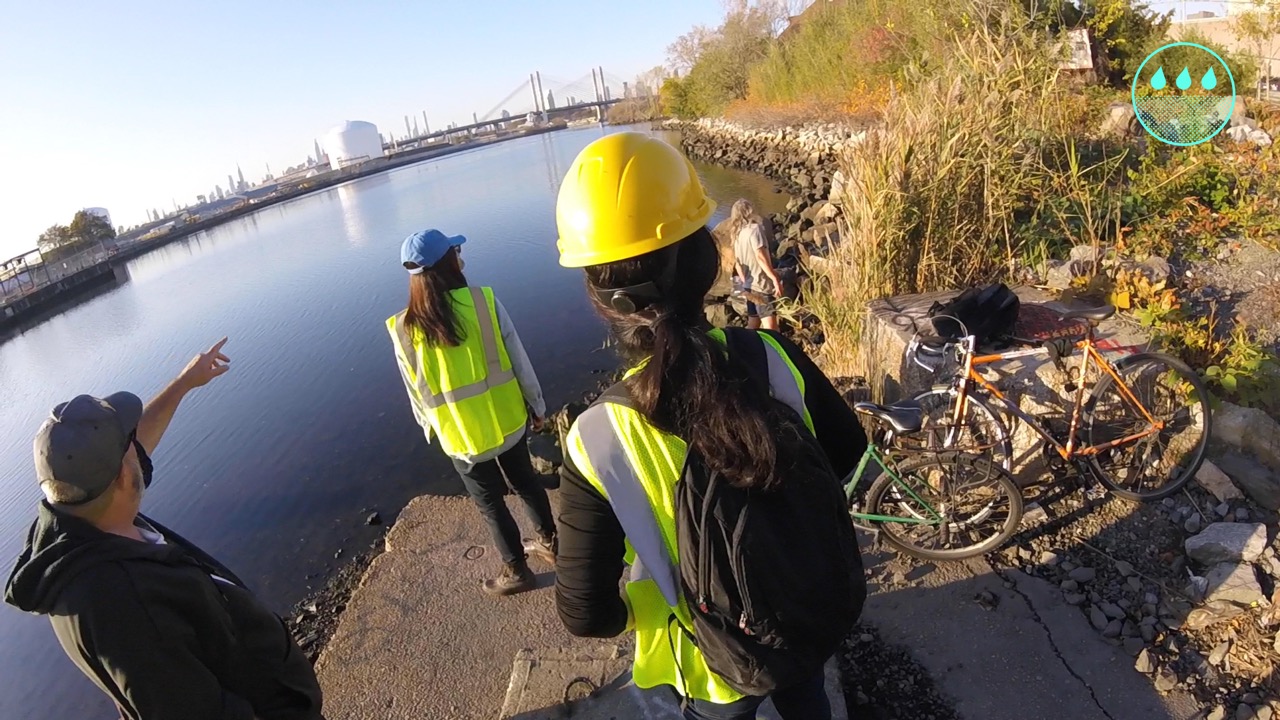

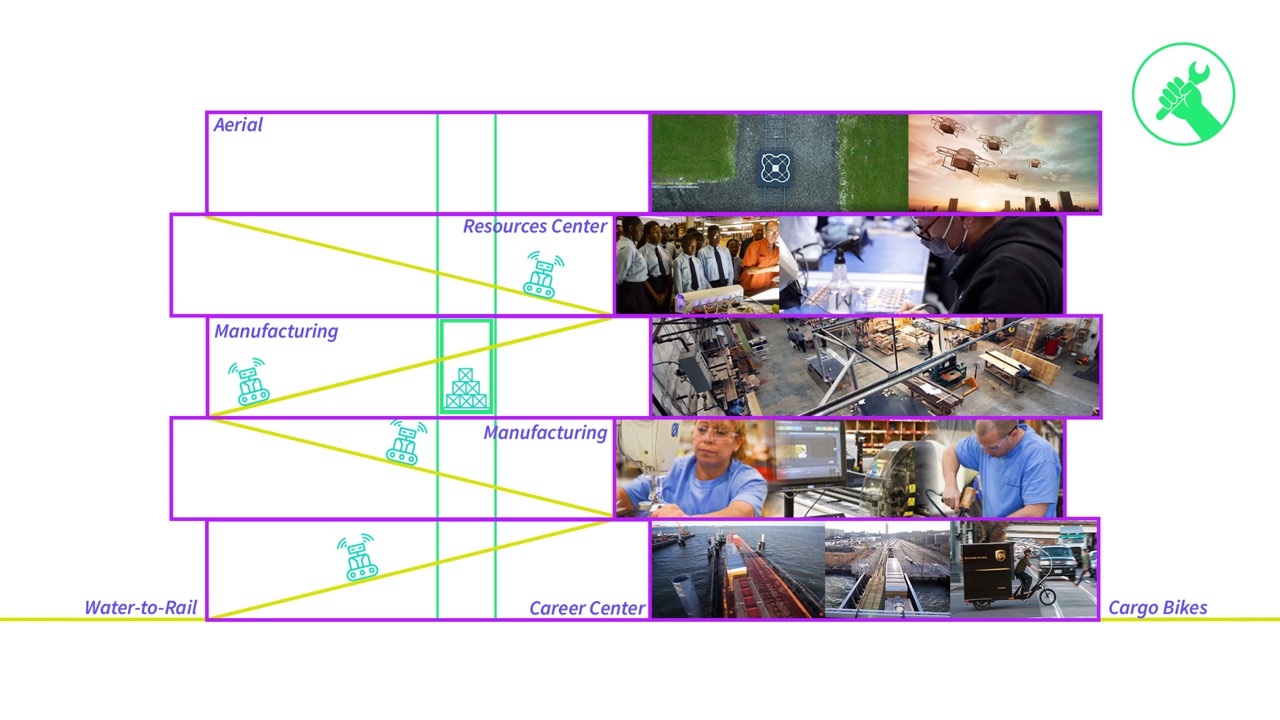
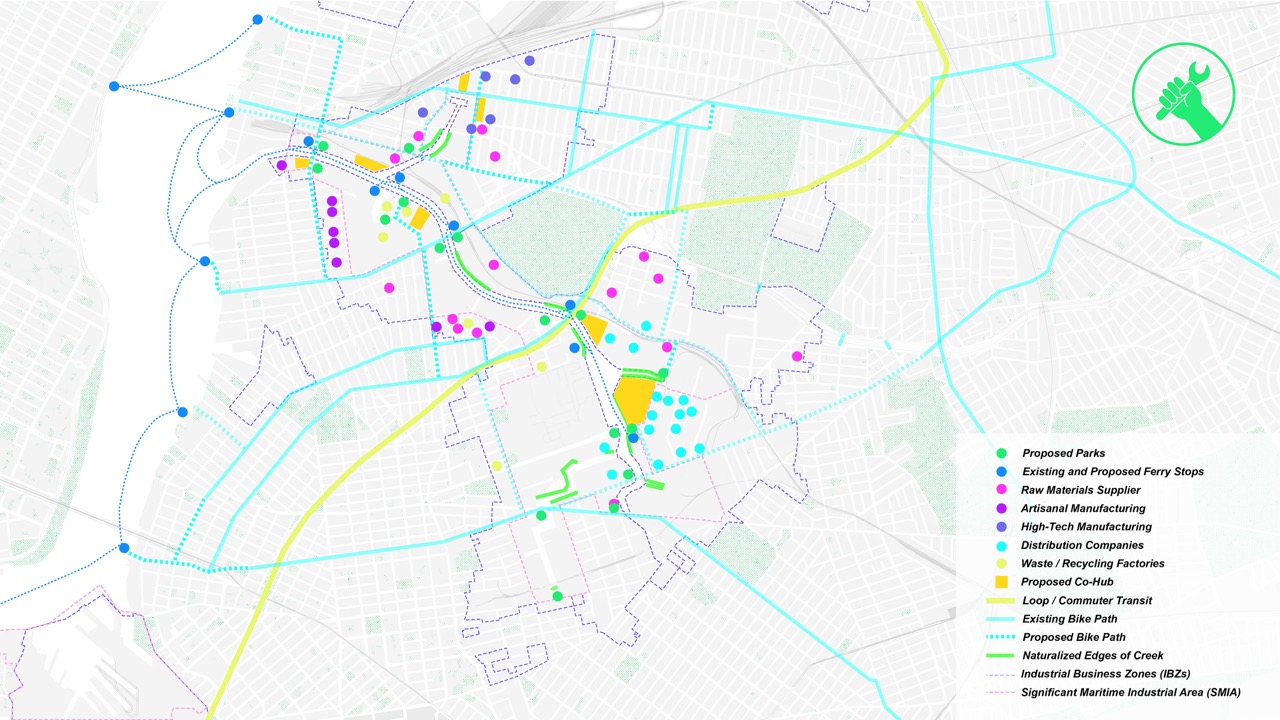
BQE! (or Building Queens’ Economy! Bring Queens Employment! Bring Queens Enjoyment!)
is conceived as a new industrial park along Newtown Creek which empowers manufacturing
and centers workers’ needs and aspirations. Trucks on the BQE will be replaced by
re-activated rail and water routes, and new intermodal hubs will support water-to-rail,
water-to-truck, rail-to-truck, and water-to-air transfers. Passenger ferries, a new NYC Loop
transit system, and bike paths for workers would dramatically improve commute conditions.
We propose strategically located Co-Manufacturing Hubs (Co-Hubs) which instigate and
support manufacturing activities through providing shared fabrication facilities, career
centers, and resource libraries.
These Co-Hubs, facilitated by industrial upzoning, would have distribution at the top and
bottom of the buildings, with multiple levels of manufacturing and resource spaces in
between, to create synergy between manufacturing and distribution. Trucks on the BQE will
be replaced by re-activated rail and water routes, and new intermodal hubs will support
water-to-rail, water-to-truck, rail-to-truck, and water-to-air transfers. Passenger ferries, a new
NYC Loop transit system, and bike paths for workers would dramatically improve commute
conditions. Naturalized shorelines, new parks, street trees, and green roofs will mitigate
rising seas and the heat island effect, and enhance the quality of working and living
conditions in the area.
Months of the Covid-19 pandemic unfolding has illuminated, in unequivocal and painful
ways, renewed lessons for architects and artists. The pandemic revealed striking inequities,
subverted routines, and threatened public health in ways that compelled our group to
reconsider our values. One lesson that moved us profoundly is the call to listen first (to those
whose lives we may impact) and propose second. So, we Zoomed and emailed with
stakeholders, biked, walked around, photographed, read, quoted, instagrammed, and took
several leaps of faith to take on other people’s truths as our own.
Many surprises and discoveries were made along the way: an Industrial Business
Organization shared that they were actually fond of the gritty conditions of the area and the
seclusion formed by the BQE and LIE, as these factors protected businesses from
displacement. We witnessed how Newtown Creek has supported social mobility for
generations of immigrants when we walked past a seemingly small construction company
that told us they employ sixty people—not five or six, as we had assumed. We learned
through lectures that in the early 1900s Newtown Creek transported freight tonnage equal to
the amount carried on the entire Mississippi River, and a Newtown Creek Environmental
Advocate alerted us of the twenty-foot-deep “Black Mayonnaise” that still sits at the bottom
of the Creek as a result. Nevertheless, the Office for Manufacturing and Industrial Advocacy
emphasized that manufacturing and industrial jobs still represent more jobs than financial or
tech sectors in the city.
Our conversations informed us that with long term environmental improvements and efficient
new freight technologies such as truck platooning, drone, and e-bike deliveries, upgraded
intermodal freight rail, and on-demand hydrofuel ferry services, it would be possible for
Newtown Creek to regain its stature as a thriving working waterfront and sustain its role as
the organs of New York City.
is conceived as a new industrial park along Newtown Creek which empowers manufacturing
and centers workers’ needs and aspirations. Trucks on the BQE will be replaced by
re-activated rail and water routes, and new intermodal hubs will support water-to-rail,
water-to-truck, rail-to-truck, and water-to-air transfers. Passenger ferries, a new NYC Loop
transit system, and bike paths for workers would dramatically improve commute conditions.
We propose strategically located Co-Manufacturing Hubs (Co-Hubs) which instigate and
support manufacturing activities through providing shared fabrication facilities, career
centers, and resource libraries.
These Co-Hubs, facilitated by industrial upzoning, would have distribution at the top and
bottom of the buildings, with multiple levels of manufacturing and resource spaces in
between, to create synergy between manufacturing and distribution. Trucks on the BQE will
be replaced by re-activated rail and water routes, and new intermodal hubs will support
water-to-rail, water-to-truck, rail-to-truck, and water-to-air transfers. Passenger ferries, a new
NYC Loop transit system, and bike paths for workers would dramatically improve commute
conditions. Naturalized shorelines, new parks, street trees, and green roofs will mitigate
rising seas and the heat island effect, and enhance the quality of working and living
conditions in the area.
Months of the Covid-19 pandemic unfolding has illuminated, in unequivocal and painful
ways, renewed lessons for architects and artists. The pandemic revealed striking inequities,
subverted routines, and threatened public health in ways that compelled our group to
reconsider our values. One lesson that moved us profoundly is the call to listen first (to those
whose lives we may impact) and propose second. So, we Zoomed and emailed with
stakeholders, biked, walked around, photographed, read, quoted, instagrammed, and took
several leaps of faith to take on other people’s truths as our own.
Many surprises and discoveries were made along the way: an Industrial Business
Organization shared that they were actually fond of the gritty conditions of the area and the
seclusion formed by the BQE and LIE, as these factors protected businesses from
displacement. We witnessed how Newtown Creek has supported social mobility for
generations of immigrants when we walked past a seemingly small construction company
that told us they employ sixty people—not five or six, as we had assumed. We learned
through lectures that in the early 1900s Newtown Creek transported freight tonnage equal to
the amount carried on the entire Mississippi River, and a Newtown Creek Environmental
Advocate alerted us of the twenty-foot-deep “Black Mayonnaise” that still sits at the bottom
of the Creek as a result. Nevertheless, the Office for Manufacturing and Industrial Advocacy
emphasized that manufacturing and industrial jobs still represent more jobs than financial or
tech sectors in the city.
Our conversations informed us that with long term environmental improvements and efficient
new freight technologies such as truck platooning, drone, and e-bike deliveries, upgraded
intermodal freight rail, and on-demand hydrofuel ferry services, it would be possible for
Newtown Creek to regain its stature as a thriving working waterfront and sustain its role as
the organs of New York City.

